Business
The Rise and Fall of Wish, the Walmart of Ecommerce
Published
3 years agoon
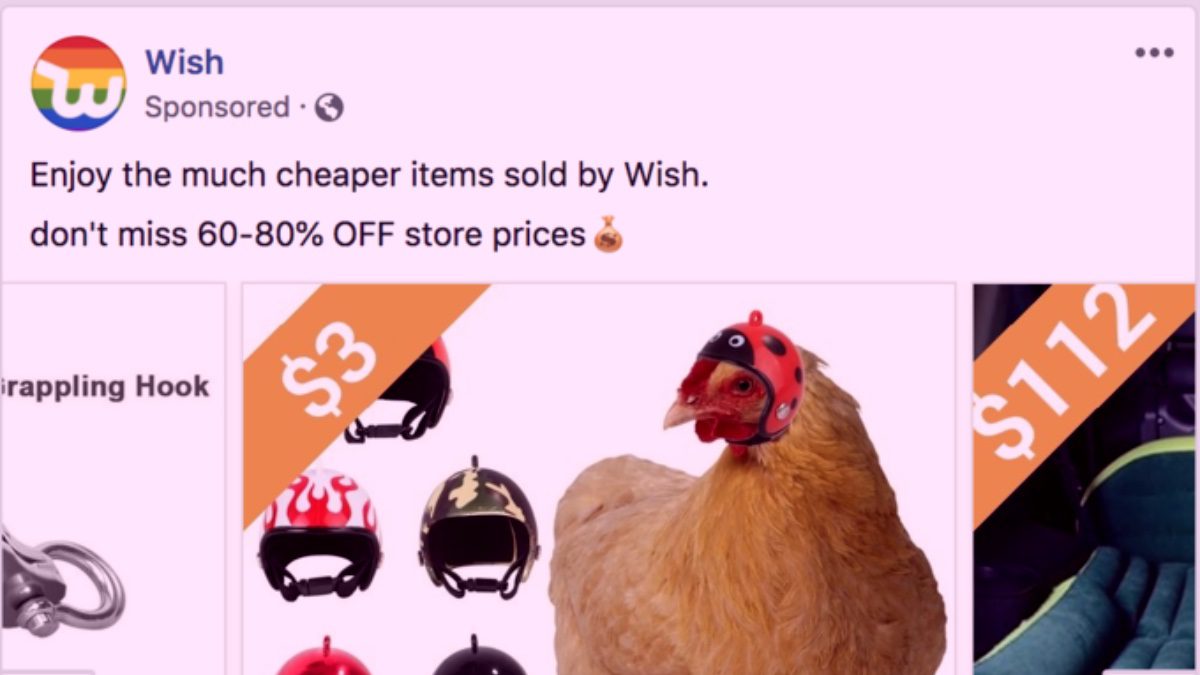
Donald Trump won the presidential election on November 8th, 2016. On December 2nd, Wish’s then-CEO, Peter Szulczewski, offered his (highly anticipated, no doubt) two cents on the win.
In a Medium op-ed titled “The Invisible Half,” Peter argued that the election shocker was a vindication for Wish’s business model. Just like Trump, he opined, Wish had been turned away by Menlo Park fat cats out of touch with the “value conscious consumers” Wish targeted.
He stopped short of saying that he and Trump targeted the same audience. Still, it was a bold statement that could only come out of a time of great upheaval. Now, just as the “Trump train” went off the rails, Wish faces a rude awakening.
How it all started
Prior to founding Wish’s parent company, ContextLogic, Szulczewski worked as an engineer at Google for several years. He left in 2009 and took six months to code an ad recommendation platform that predicted people’s interests based on their browsing behaviors. Sound familiar?
ContextLogic launched in 2010 and garnered $1.7 million from investors—with the help of Yelp CEO Jeremy Stoppelman. What did they do? At the outset, they offered the ad software that Peter coded. According to Forbes, investors weren’t wild about ContextLogic’s business plan, but they loved the tech.
Still, ContextLogic didn’t really know what kind of company it wanted to be. It was only when Szulczewski brought on Danny Zhang—his old friend from college—as cofounder that the wheels started to spin.
In a meeting with investors, Peter and Danny unveiled a new plan: ecommerce. At the time, Amazon had already been running the game for upwards of a decade, and the ecommerce field was seen as a nonstarter.
In 2011, Facebook offered $20 million to integrate ContextLogic into its own system. Peter turned it down, to the chagrin of some investors, but for better or worse, that decision is what gave us Wish.com.
A Wish come true
Have you ever wondered why the ecommerce platform is called Wish? Well, back when it launched as Wishwall.me in 2011, it was more of a wish list than a shopping site. Using Facebook ads, it invited people to browse products and select what they wanted—but not actually buy them from the site.
This all turned out to be part of the plan. Once they got a solid user base, they went to vendors off of eBay and Amazon. They promised ready buyers, but only if sellers provided their stuff at a discounted price.
Wish’s strategy of targeted ads and discounted deals helped them grow consistently throughout the 2010s. Once they started selling on-site in 2013, they noticed that most of their sales were coming from Florida, Texas, and Middle America.
This defied the conventional wisdom that tech-savvy urbanites made the most use of ecommerce. It’s why Vox labeled them “the next Walmart” in 2015. Their discounted, third-party goods appealed to people who couldn’t afford what Amazon and other online retailers offered.
The highs and lows
It’s not hard to see how Wish’s rise mirrored the early “what just happened?” narratives of Trump’s victory. One thing Wish and Trump definitely have in common: their times on top were equally turbulent.
In 2017, Wish was the most-downloaded ecommerce platform in the US. In 2018, itt was the most-downloaded in the world. They signed a lucrative multi-year deal with the Los Angeles Lakers, they ran a World Cup campaign soon after, and their valuation soared into the billions.
At the same time, the higher Wish’s profile got, the more it became associated with shoddy experiences. Horror stories started to mount about people receiving products that were nothing like their photos… if they ever received them at all.
The New York Times reported that these mishaps weren’t always by accident. Fake stores and rip-off contests were operated by the company as “experiments” to see whether customers would complain. Wish became content creator shorthand for hilariously bad bootleg products.
And that’s when things were good.
Wish’s descent into chaos
In a way, it’s surprising that Wish fell as far as it did in the early ‘20s. If any industry wasn’t steamrolled by the pandemic, it was ecommerce.
Things started out strong; Wish continued to grow at the onset of COVID-19 and even went public in 2020, valued at $24 a share. The thing is, the more prominent it got, the more complaints grew.
They came under fire for targeting explicit ads at children. Cries of copyright infringement and false advertising led to hundreds of complaints to the Better Business Bureau.
In 2021, Wish’s valuation fell 82%. Today, you can buy Wish stock for less than $2, the sort of steep discount you’d expect to find on their app. Peter resigned suddenly in 2021; internal reports say he all but vanished from the office once Wish went public. The new CEO, Vijay Talwar, is still in the process of recovering the brand.
What happened?
The way Wish tells it, they struggled due to rising costs of ads that forced them to scale back their marketing. Wish is, after all, primarily a marketing business model. Targeting ads to consumers based on their history came first; the ecommerce site was an afterthought.
Truth be told, maybe Wish’s business model was doomed to start with. The initial idea was cool, sure, but outsourcing commerce to third parties offering steep discounts is already precarious, and Wish seemed quite willing to dig into it.
There is one other reason. You see, a big part of the reason Wish’s products could come at such steep discounts is because of a peculiar postage deal between the U.S. and China. A 2011 agreement allowed packages of 4.4 pounds or less to be shipped to the U.S. from China for less than the cost of shipping between states.
In 2018, Trump announced his intent to withdraw the U.S. from the Universal Postal Union. Postal agreements with China categorized the country as developing, which he felt gave them an unfair advantage. One year later, a new deal was struck, keeping the U.S. in the Union and making it more costly to ship goods from China.
However you feel about that decision, it certainly didn’t help Wish. Szulczewski said at the time that Wish had a plan in place anticipating this change. But if you look at Wish’s rise and fall, both in value and in reputation, it definitely seems to line up.
That’s just one more thing that Wish and Trump may have in common: the person who caused their downfall.
You may like
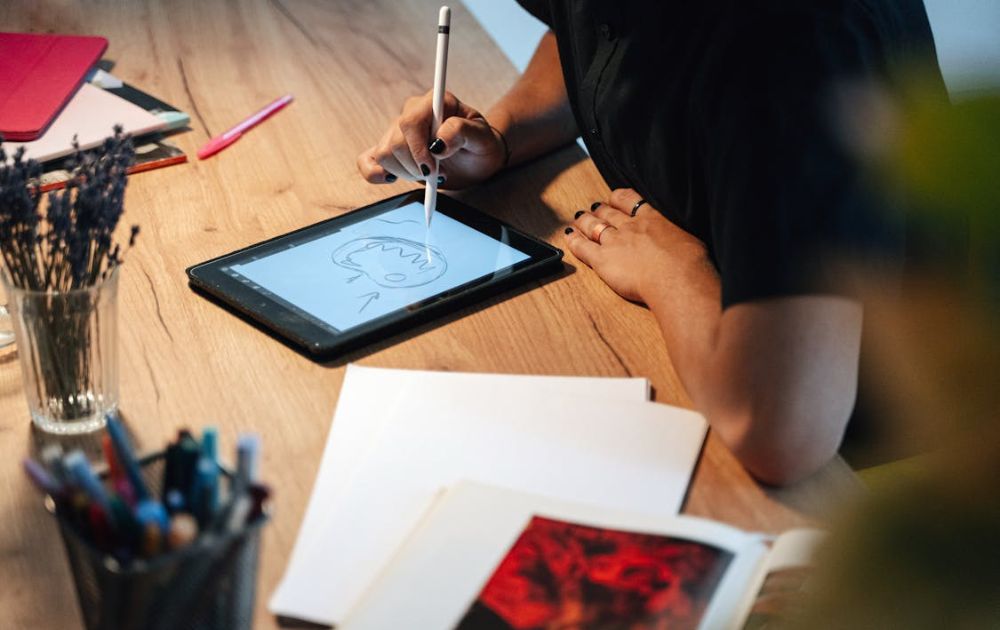
Graphic design subscription services like No Limit Creatives are popular among small businesses to get quick and quality designs. However, just like any other platform, it has its downsides. So, if you’re looking for No Limit Creatives alternatives, here is a list we made to help make the job easier for you.
Penji — Best Overall Alternative
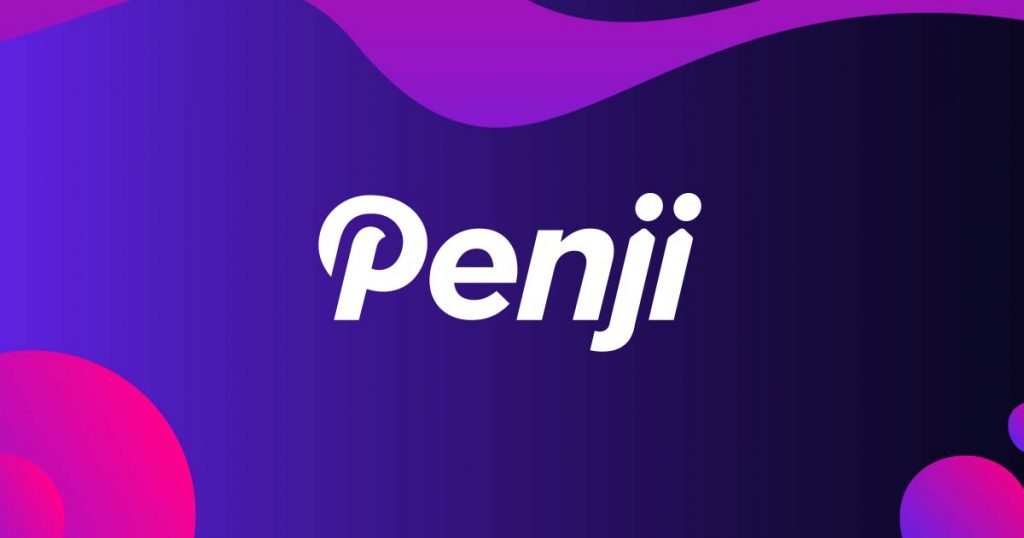
If you’re looking for a reliable graphic service from start to finish, Penji is a great alternative. Penji significantly improves upon the things that No Limit Creatives lacks in comparison — turnaround time, user dashboard experience, and offers a consistent designer who helps your brand over time.
Why it Stands Out:
The biggest issues with No Limit Creatives are slow turnaround times and designs that lack brand cohesion. With Penji, you get consistent communication, consistent pricing, and over 120 design types without all the hassle.
Pros:
- Quick turnaround time (24-48 hours)
- A designer learns your style
- Easy user dashboard
- Consistent monthly pricing with no hidden fees
- 120+ types of designs (ads, branding, web, social, and more)
Cons:
- No communication through chatting with the designers
- No video/animation capability
GraphicsZoo — Best for Revision and Version Tracking

GraphicsZoo is a good alternative if you want more say in your revisions and need brand consistency across the board. GraphicsZoo can help with easy version tracking, making team collaboration simple.
Why it Stands Out:
If you’re struggling to get changes made or keep things on brand, GraphicsZoo gives you the tools necessary to do so.
Pros:
- Tracks versions and revisions in detail
- Team collaboration made easy
- Dedicated Design Team
Cons:
- Turnaround may vary depending on order
- The interface could be more modern
Content Beta — Best for SaaS and Tech Brands
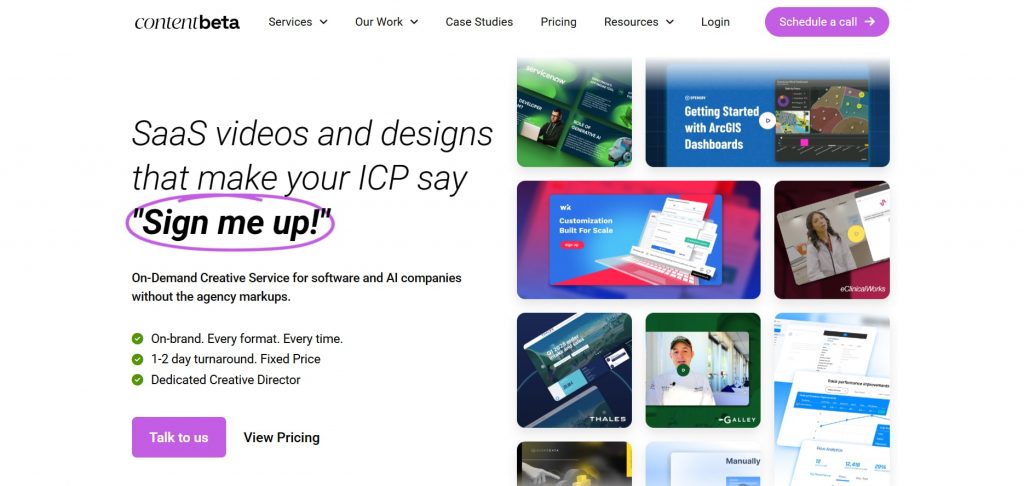
If you’re a software or tech company that needs more modern design visual offerings like product explainer videos, UI design mockups, and onboarding videos, then Content Beta works best for you. Unlike No Limit Creatives, which primarily focuses on graphics, Content Beta specializes in design and video.
Why it Stands Out:
If you’re working on product videos, app UI, or anything tech-related, this is the choice for specialized help.
Pros:
- UI/UX combined services
- Great for explainer videos of products
- Video/design in one package
Cons:
- Non-ideal for basic branding or print materials
- Could be costly for smaller teams
SmartSites — Best for Marketing + Design Services
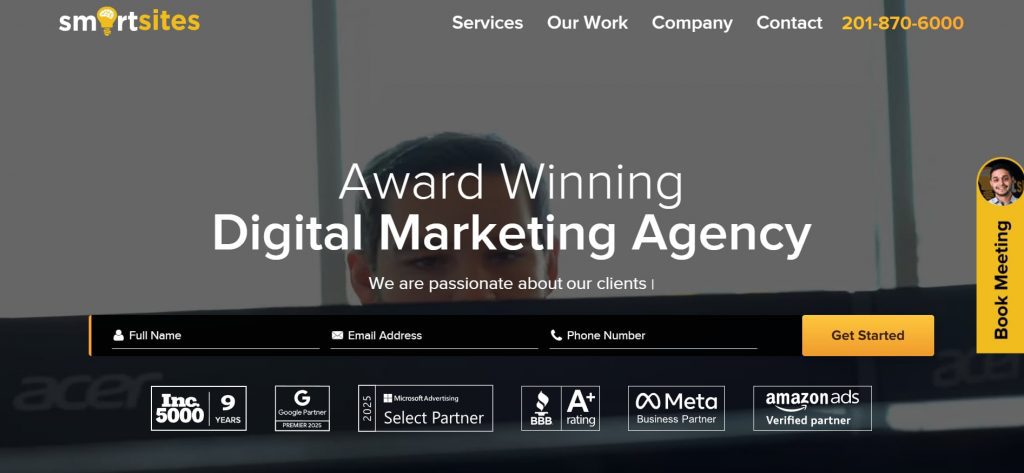
SmartSites is a marketing agency first and foremost. They provide SEO/PPC/web services along with graphic design so if you’re looking for heavy assistance in creative strategies as well as marketing brands and messaging, SmartSites is a suitable match.
Why it Stands Out:
If you want design solutions with tangible marketing results, then SmartSites provides you the growth potential to back it up.
Pros:
- Agency full-service: design/se0/PPC/web solutions
- Good for branding long haul
- A lot of strategic thinking help
Cons:
- Not unlimited graphic designs subscription program
- Should avoid if you only need design work
Business
What’s the Best Graphic Design Service for Startups
Published
5 days agoon
October 30, 2025By
Flore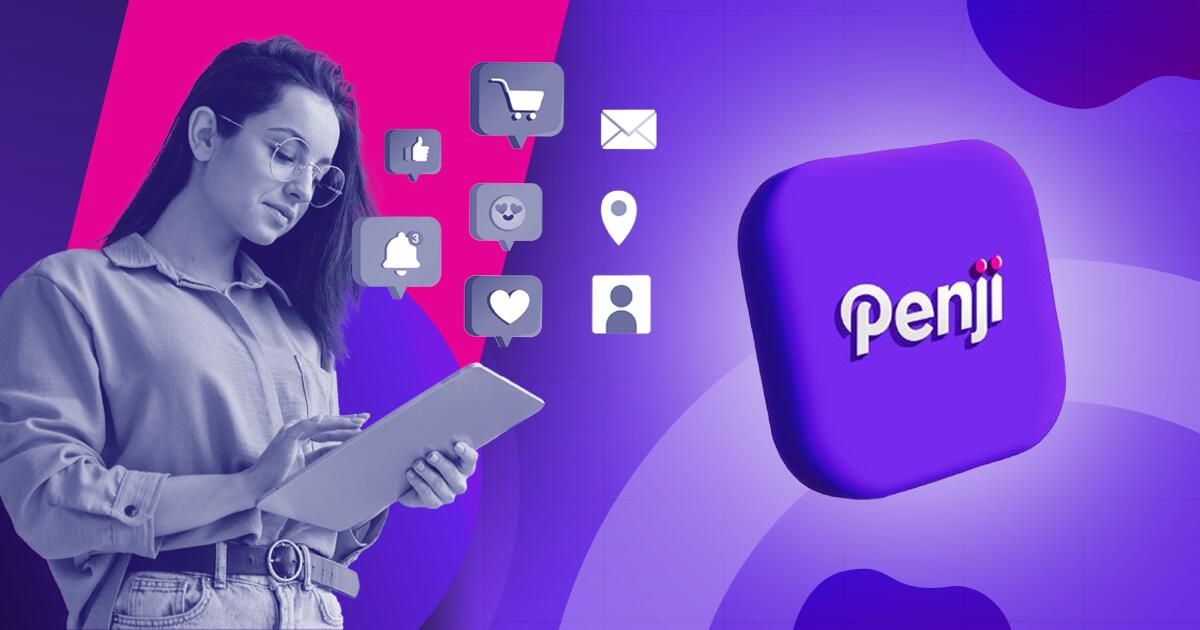
TLDR: Penji is the best graphic design service for startups because you get unlimited designs, 24-48 hour turnarounds, and flexible pricing that won’t drain your budget. Unlike premium agencies or inconsistent freelancers, Penji scales with your startup.
The best graphic design service for startups is Penji. For $499/month, get unlimited design requests delivered in 24-48 hours with a dedicated team that understands startup urgency. No contracts, no per-project fees, just reliable design support.
Startups burn through design work fast. One week, you need social posts. Next week, you’re updating your pitch deck. Then suddenly, you need a one-pager for investors. Freelancers cost too much per project, and full-time designers? Not in the budget yet. Here’s the graphic design service for startups that comes in, giving you unlimited work for predictable monthly costs.
Top Design Services Startups Actually Use
1. Penji
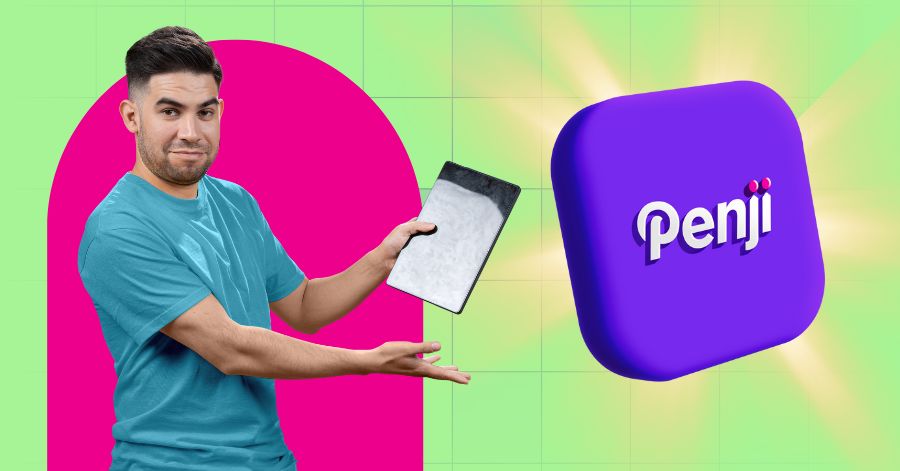
When you’re hunting for the best graphic design service for startups, you need speed, variety, and affordability all at once. Penji nails all three. Their design as a service platform gives you unlimited designs for $499/month with 24-48 hour turnarounds.
Why Penji works so well for startups:
They handle everything. Logos, pitch decks, social campaigns, you name it. No per-project charges. Your monthly rate stays flat whether you submit two requests or twenty.
Your dedicated team at Penji learns your brand fast. They remember your preferences for future projects instead of treating every request like the first time.
The creative support scales from simple graphics to complete brand guides. You don’t get forced into higher pricing tiers when your needs grow.
No contracts. You can pause when cash is tight and restart when you’re ready. Perfect for unpredictable startup budgets.
Startups choose Penji when they need graphic design services that match their pace without the agency price tag.
2. Superside
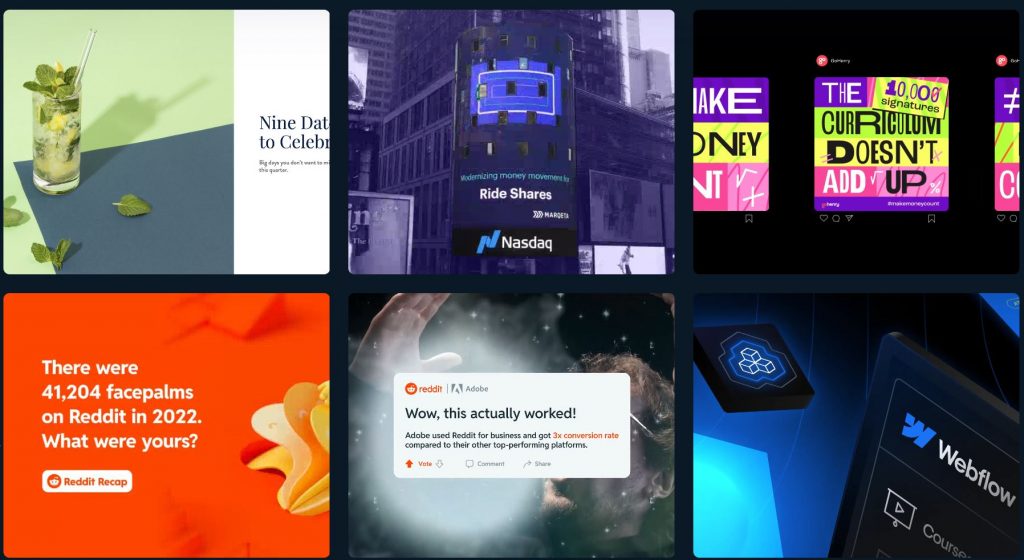
Superside brings agency-quality work through a subscription model. They’re great if you’ve raised significant funding and need premium creative for major campaigns. But plans start around $3,000-$5,000 monthly. Too steep for most early-stage startups.
3. Kimp
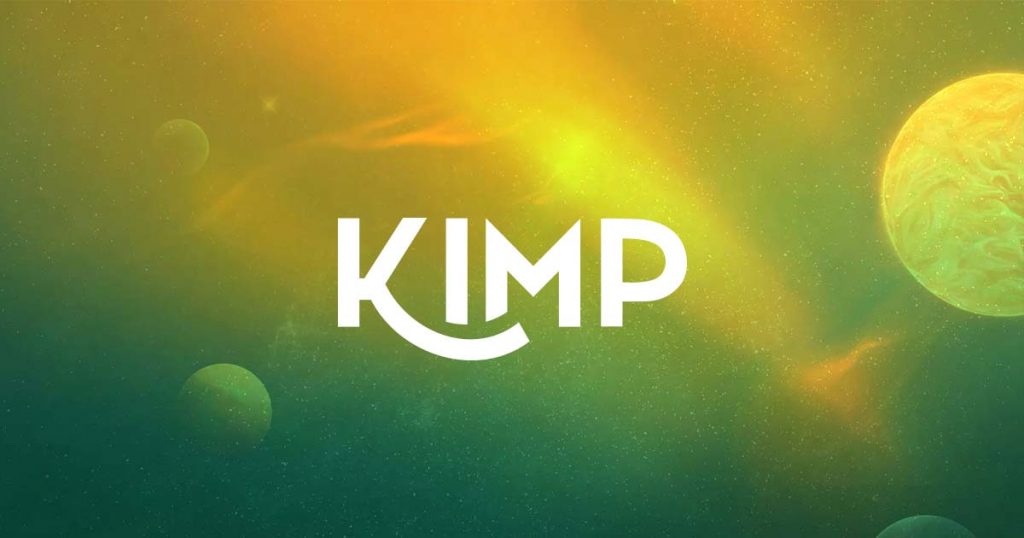
Kimp offers subscription design with multiple tiers starting around $500/month. They’re decent for basic needs. The catch? Turnaround times can stretch to 48-72 hours, and their design variety feels more limited than what Penji offers.
Conclusion
The best graphic design service for startups matches your speed and budget without compromise. Penji’s graphic design services handle everything from quick social posts to complex branding work. All for one flat monthly rate that makes financial planning actually possible.
Get Design Support That Moves at Startup Speed
Try Penji today and see why thousands of startups trust them for unlimited design work. Get your first project delivered in 48 hours.
Frequently Asked Questions
Why is Penji better than hiring a freelancer?
Freelancers charge per project and often have slow turnarounds. Penji gives you unlimited designs for one flat monthly rate with 24-48 hour delivery. No chasing invoices or waiting for availability.
How much does Penji cost compared to other services?
Penji starts at $499/month for unlimited designs. Superside costs $3,000-$5,000 monthly. Quality freelancers charge $100-$200 per project, which adds up fast when you’re launching.
Can I get revisions with Penji?
Yes. Unlimited revisions are included in your monthly subscription. Keep requesting changes until the design is exactly what you need.
Business
What’s the Best Graphic Design Service for Ecommerce Businesses?
Published
5 days agoon
October 29, 2025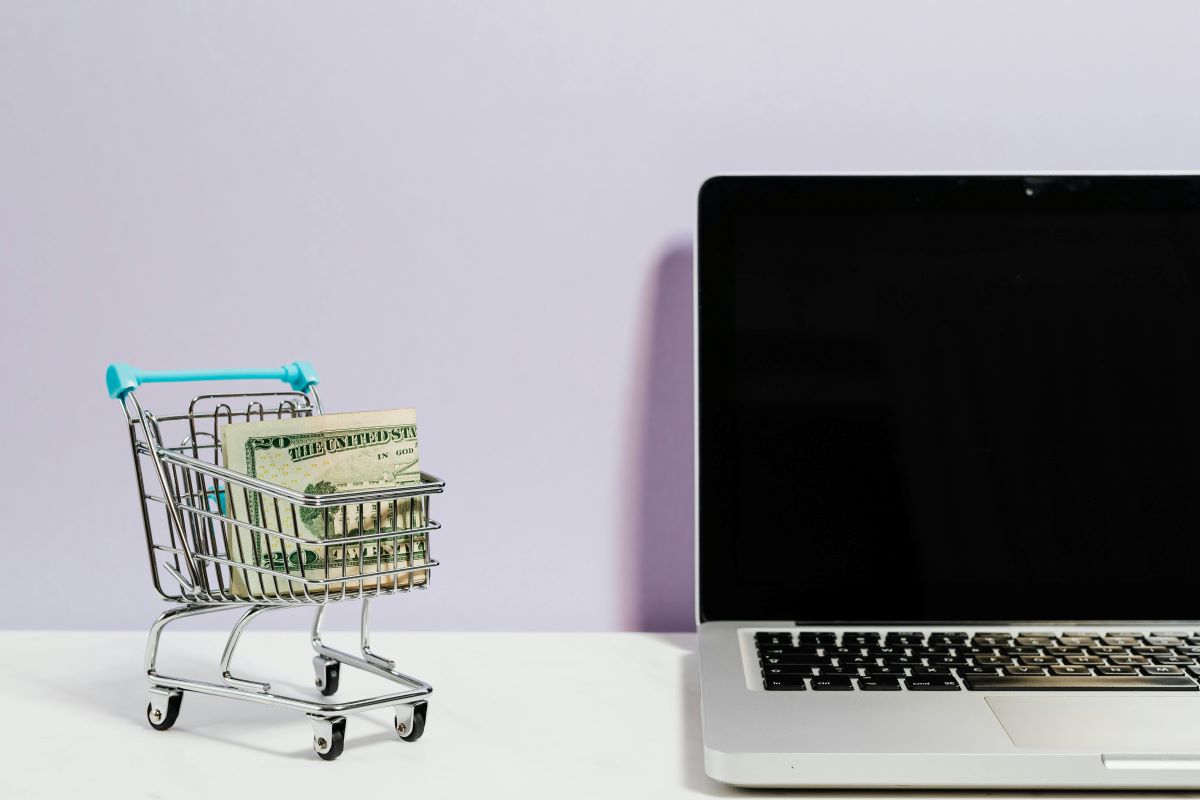
Graphic design is a huge part of managing an ecommerce business. It attracts prospects and website visitors, builds a strong brand identity, and establishes authority and credibility. If you want your brand to possess all these, you need to explore these five best graphic design services for e-commerce businesses:
Penji

A leading name in the graphic design subscription landscape, Penji offers unlimited graphic design and revisions for a flat monthly rate. This allows ecommerce businesses to get all the landing pages, ad creatives, product packaging, and other visuals they need without breaking the bank. Penji also offers a quick turnaround time of 24 to 48 hours, making it ideal for multiple product launches or regular email campaigns.
Flocksy
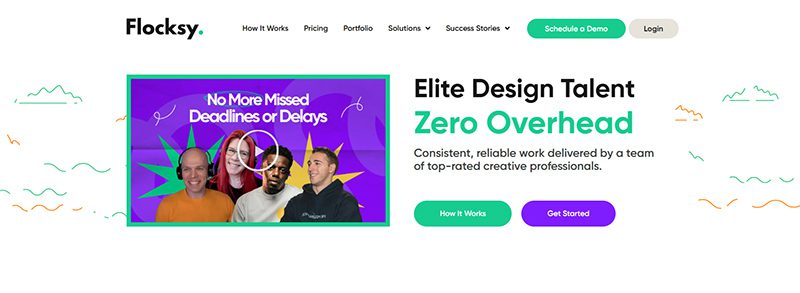
Boasting a team of designers, writers, and video editors, Flocky is an excellent option for ecommerce businesses looking for a reliable design partner. Like Penji, it delivers within 24 to 48 hours with fixed-rate pricing plans. Also included in the plans are unlimited revisions, so you can get the exact designs you need.
ManyPixels

Another graphic design subscription platform that’s built for ecommerce businesses, ManyPixels lets you send as many design requests as you can in a month. Its higher-tier plans match you with a dedicated designer to provide consistent visual assets for your online store.
Duck.Design

Whether your business is on Amazon, Shopify, or DTC (direct-to-consumer), Duck.Design is an excellent graphic design service for ecommerce businesses. It also offers unlimited graphic design services for flat monthly rates. Like ManyPixels and Penji, it delivers in 1 to 2 business days.
DotYeti

A rising start in the unlimited graphic design landscape, DotYeti is well-suited for ecommerce businesses looking for quality, fast, and affordable designs. You can send requests for infographics, packaging design, landing page designs, ad creatives, and many more.

What’s the Best Merchandise Design Company?

Top 10 Tablets to Use in 2025

What’s the Best No Limit Creatives Alternatives?

What’s the Best Graphic Design Service for Startups

What’s the Best Graphic Design Service for Ecommerce Businesses?

What’s the Best Fiverr Alternatives?

What’s the Best Superside Alternatives today?

Top 10 Tablets to Use in 2025

What’s the Best Superside Alternatives today?

What are the Best Canva Alternatives for Designers and Marketers?

What’s the Best Fiverr Alternatives?

What’s the Best Graphic Design Service for Startups

What’s the Best Graphic Design Service for Ecommerce Businesses?




